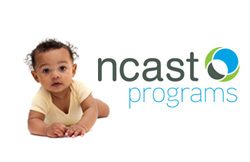Pre-Conditions for the Growth of Addiction
Alcohol addiction in the United States remains a significant public health challenge, with millions affected across all age groups and demographics. The widespread availability of alcohol, supported by extensive retail networks and liberal sales policies, facilitates easier access and contributes significantly to excessive consumption. Social factors such as stress, economic hardship, and cultural acceptance of drinking also play central roles in driving addiction rates upward. Furthermore, pervasive advertising by alcohol companies normalizes drinking as a desirable and routine activity, often glamorizing consumption without sufficient emphasis on risks. Insufficient public education about the long-term health consequences and addiction potential of alcohol compounds the problem, leaving many unaware or underestimating the dangers. Other contributing factors include peer pressure, mental health issues, and family history of substance use. The normalization of alcohol in social gatherings and media further discourages abstinence or moderation. This combination of factors creates an environment conducive to the growth of alcoholism across populations. Without comprehensive interventions, these preconditions make reversing the epidemic very challenging. Addressing these root causes is essential for effective control of alcohol addiction in the US.



